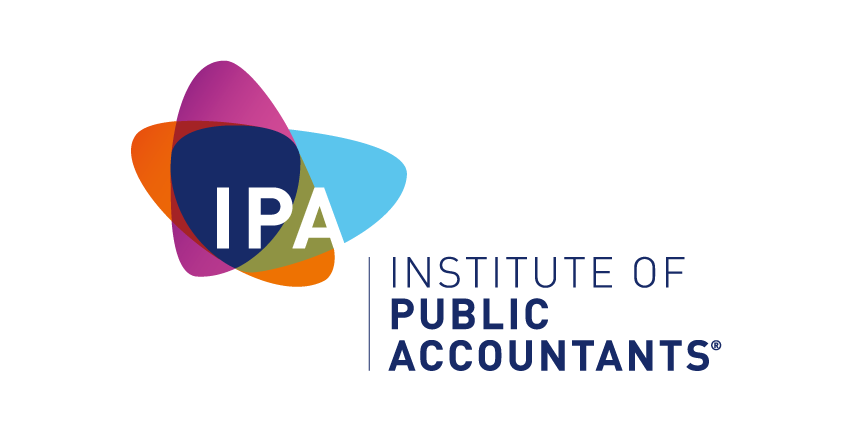THE ROLE OF ASIC: IS IT REVENUE OR ENFORCEMENT?
THE ROLE OF ASIC: IS IT REVENUE OR ENFORCEMENT?
30 April 2018
There appears to be a disconnect between ASIC’s ability to raise revenue for government coffers and its capacity to do its actual job; that of regulation and enforcement, according to the Institute of Public Accountants (IPA).
“The IPA has long advocated for ASIC to be appropriately resourced to do its job,” said IPA chief executive officer, Andrew Conway.
“However, it would appear that ASIC is doing a much better job of raising revenue for government than what it is doing in terms of enforcement.
In its submission to the Treasury in December 2017 on the ASIC fees-for-service industry funding model, the IPA noted that the consultation paper referred to the government’s ‘Charging Framework’ which requires an alignment between the expenses of the regulatory activity and the revenue; and which states that there must not be systematic over- or under- recovery of costs over time.
In 2016-17 ASIC raised $920.24 million for the Commonwealth in fees and charges, an increase of 5% from the previous year. (Annual Report 2016-17, p26).
Also in 2016-17, ASIC received approximately $349 million in appropriation revenue.ASIC’s expenses were $392.46 million, leaving a deficit of over $43.5 million (Annual Report 2016-17 p26).
“In other words, even though ASIC is making significant income for government, it is not even able to cover its own costs from the budget it receives from government. This also means that ASIC is raising substantially more revenue than its operational costs, which appears to go against the government’s own Charging Framework.
“In order to justify the huge increase in proposed fees for industry then government would need to make the case that the genuine operational costs (as indicated by a fees-for-service model) are much higher than the current stated operational costs. This is simply not the case.
“If the aim of the game is revenue, it may explain why ASIC sought a proposed one-off fee increase from $107 to $3,429 for new auditors of SMSFs, which we argued was exorbitant.
“While the new proposed fee has been reduced to $1,927, it is still far too high and will only deter new entrants into the SMSF auditor market, which is already in decline.
“Not only is ASIC overcharging, but the government is double-dipping. The ATO currently already collects $259 from each SMSF to finance the SMSF monitoring role the ATO conducts on behalf of ASIC. Whilst this levy was a mere $45 in 2008 it now equates to approximately $142.5M to monitor the sector including SMSF auditors.
“We have a much bigger concern if a new funding model is only focused on government revenue without equipping the corporate regulator to do its job adequately,” said Mr Conway.
